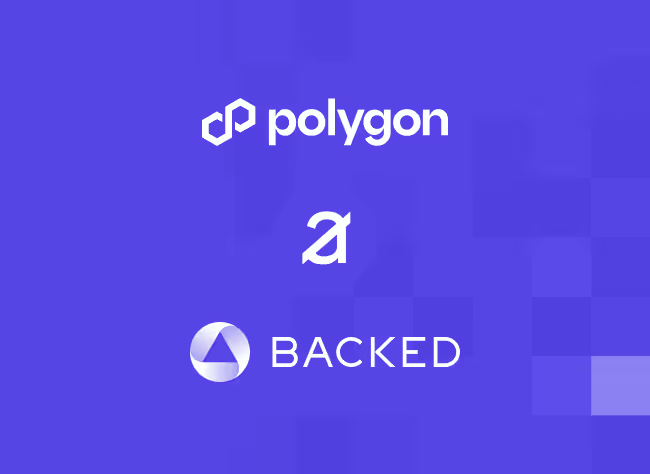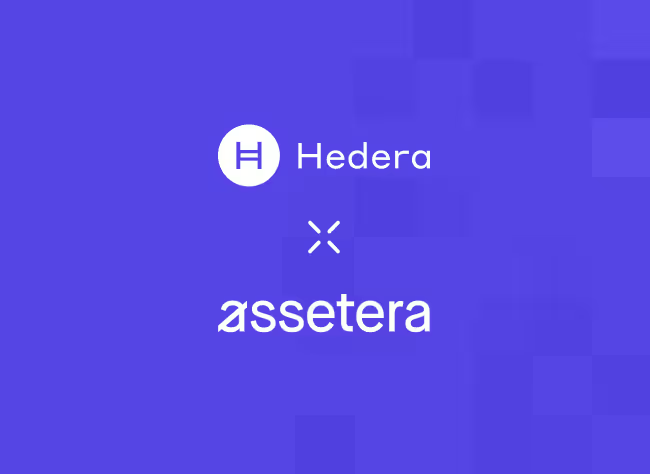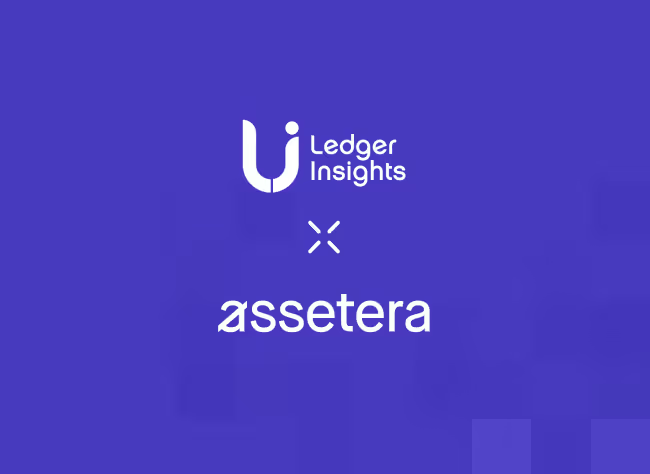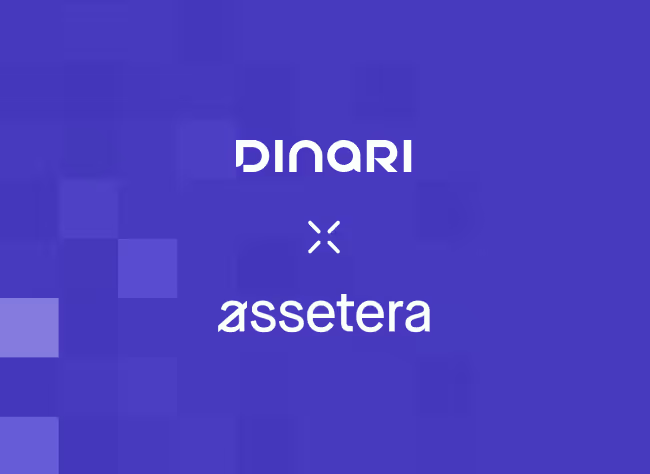RWA Predictions 2025
Secondary Trading of RWA 2025. These predictions highlight the dynamic interplay of technological, regulatory, and institutional factors shaping secondary money markets in 2025.

Vienna, Austria, 30 December 2024. Tokenization and Liquidity
The impact of tokenizing traditional assets (e.g., real estate, private equity) on improving liquidity and broadening access in secondary markets. Tokenization will significantly enhance the liquidity of traditionally illiquid assets like real estate and private equity by allowing fractional ownership and 24/7 trading on blockchain platforms. Secondary markets will benefit from broader investor participation, as smaller investors gain access to asset classes previously restricted to institutions. The increased liquidity will also enable quicker price discovery and more accurate valuations for tokenized assets.
Platforms facilitating tokenized trading will experience exponential growth.
Numbers:
- The tokenized asset market is projected to reach $5 trillion by 2025, up from around $310 billion in 2022. Real Estate could represent $1.4 trillion and Bonds $1 trillion.
- Fractional ownership could attract 20%-30% more retail investors to secondary markets and over 80% of institutional investors are expected to adopt blockchain and tokenization for asset management by 2025.
- Tokenized assets are expected to unlock a 5-20% liquidity premium for illiquid assets. Liquidity for tokenized real estate could see a 50%-60% improvement compared to traditional property investments.
- The US, EU, and Asia will dominate tokenization adoption, accounting for over 85% of the market. The number of tokenized securities listed on blockchain-based platforms is expected to grow by 200%.
Regulatory Shifts
Expected global regulatory advancements around digital securities and their influence on secondary market growth and compliance frameworks. By 2025, global regulatory frameworks for digital securities, will create more clarity and investor confidence in secondary markets. Unified regulatory standards will likely emerge, promoting cross-border trading of digital securities and reducing legal ambiguities. Compliance tools integrating blockchain analytics and reporting will streamline regulatory adherence for both issuers and investors. Licensing and oversight mechanisms for decentralized platforms may balance innovation and investor protection. The establishment of regulated digital asset exchanges will attract institutional players, further legitimizing secondary markets for tokenized assets.
Numbers:
- Markets compliant with frameworks like MiFID/MiCAR/DLT in the EU could witness a 30%-40% growth in institutional participation.
- Over 80% of jurisdictions worldwide are expected to implement clear digital asset regulations by 2025, compared to approximately 50% in 2023.
- Approx.500 regulated tokens exist today, digital representations of traditional financial instruments – expected growth rate 50% for 2025 and annually.
- Several organizations provide ratings and assessments of digital assets, e.g. Particula, rwa.xyz aiming to offer investors comprehensive data for informed decision-making.
- Compliance & AML software expected to grow to approx. $6 billion by 2025, CAGR of 35%.
Institutional Participation
The potential rise in institutional investments driven by improved infrastructure, custody solutions, and risk management tools.Institutions will increasingly participate in secondary markets as blockchain-based infrastructure offers better custody solutions and reduced settlement times. Risk management tools, including smart contract audits and automated compliance systems, will alleviate concerns around operational and regulatory risks.
Custodians specializing in digital assets will play a critical role in bridging traditional finance and blockchain-based trading. Institutional inflows will drive innovation, leading to the development of more sophisticated tokenized financial instruments such as bonds and derivatives. The presence of established players will validate secondary markets, attracting retail investors and creating a more diverse trading ecosystem.
Numbers:
- Institutional trading in digital assets is expected to grow from 35% of total market volume in 2023 to 50% by 2025, contributing $5-$6 trillion annually.
- By 2025, institutions will contribute 70%+ of liquidity in secondary markets for tokenized securities, bolstered by enhanced blockchain infrastructure and reduced settlement times.
- Real-time settlement enabled by DLT could save institutions $10 billion annually by eliminating traditional clearing processes.
- The number of tokenized bonds issued by institutions could exceed $1 trillion, driven by demand for blockchain transparency and efficiency.
- Leading custodians like Fireblocks, Anchorage, and BitGo are expected to secure $5 trillion worth of digital assets by 2025, compared to ~$1.5 trillion in 2023.
- The presence of institutions will lead to a 2x increase in secondary market trading volumes, fostering diversity in participants and assets traded.
Interoperability and Cross-Market Trading
Advances in blockchain interoperability enabling seamless trading across different platforms and jurisdictions.
Advances in blockchain interoperability will allow assets issued on one blockchain to be traded seamlessly across multiple platforms and jurisdictions. Interoperability protocols will enable cross-chain transfers, fostering a unified ecosystem for secondary markets. This will reduce fragmentation, allowing traders and investors to access global liquidity pools without switching between isolated networks.
Cross-border trading will grow significantly as interoperability eliminates barriers like currency exchange limitations and local custodianship. Regulatory harmonization will remain a key challenge, requiring close collaboration between technology providers and policymakers.
Numbers:
- Interoperable blockchain networks could handle over 50% of tokenized transactions by 2025.
- The remaining 50% of tokenized transactions will likely occur on isolated or proprietary networks.
- Platforms that adopt cross-chain capabilities may experience 2x higher trading volumes than single-chain competitors.
- To 70% of secondary market platforms could adopt cross-chain solutions to attract global liquidity.
- Over 150 operational bridges, enabling seamless interoperability between blockchain ecosystems.
- Wrapped Assets: Expected to represent $1 trillion in tokenized value across chains by 2025.
- Cross-chain platforms could reduce transaction finality times by 40% - 60%, improving capital efficiency and trading speeds.
Decentralized Trading Platforms
The ever-increasing role of DeFi models in facilitating peer-to-peer secondary market trading with minimal intermediaries. Decentralized Finance (DeFi) platforms will take a prominent role in secondary markets, offering peer-to-peer trading with minimal reliance on intermediaries. Smart contract-driven platforms will enable real-time settlement, reducing costs and enhancing transaction efficiency.
Liquidity pools in DeFi will provide on-demand access to capital for tokenized assets, ensuring better price stability in secondary markets. Governance mechanisms within DeFi ecosystems will evolve, enabling greater trust and collaboration among users and institutions. However, challenges like smart contract vulnerabilities, regulatory scrutiny, and liquidity fragmentation will require innovative solutions for long-term adoption.
Numbers:
- DeFi trading volumes in secondary markets are projected to hit $500 billion annually by 2025, a 200% increase from 2023.
- Liquidity pools for tokenized assets could manage over $80 billion in assets, providing instant trading capabilities.
- On-Chain Governance: Platforms will use smart contracts to automate investor rights, such as voting and dividend payments, attracting more institutional participation.
- DeFi adoption among institutional users could increase to 30%, compared to less than 10% in 2023, due to improved governance and risk management tools.




